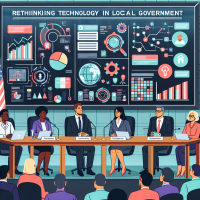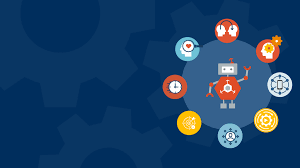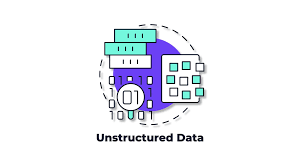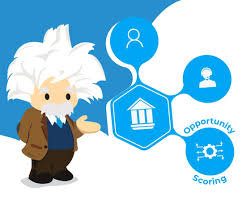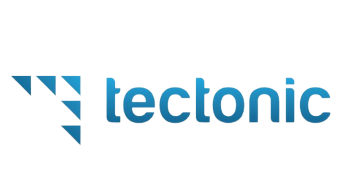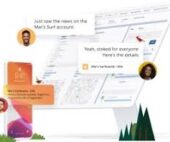B2B Customer Service with Agentforce
Simplify and Transform B2B Customer Service with Agentforce B2B customer service is inherently complex. It involves managing layered relationships, high-value transactions, and specialized support needs—all of which require heightened attention to detail. With fewer but larger customers, the stakes are high. In fact, our research shows that 88% of customers are more likely to remain loyal with exceptional service, underscoring the importance of consistently delivering excellence. Enter Agentforce, an AI-powered solution designed to tackle these challenges. By complementing your service reps, Agentforce handles intricate B2B cases autonomously and within your predefined parameters. This ensures reliable 24/7 support for even the toughest queries, reducing rep burnout and enhancing customer satisfaction. Here’s how Agentforce can redefine B2B customer service and take it to the next level: What You’ll Learn What Is B2B Customer Service? B2B customer service focuses on providing personalized support and expertise to other businesses, addressing their unique needs and challenges. This service model aims to build lasting relationships by boosting loyalty, driving repeat business, and encouraging referrals. What Are AI Agents? AI agents like Agentforce are advanced systems capable of understanding and responding to customer inquiries without human involvement. Unlike basic chatbots, Agentforce uses natural language processing (NLP), machine learning, and contextual understanding to provide intelligent, conversational, and personalized support. At the heart of Agentforce is the Atlas Reasoning Engine, which simplifies complex queries, retrieves precise information from your Data Cloud, and creates accurate, reliable action plans—all within your company’s guardrails. Agentforce’s multi-modal understanding allows it to interpret inputs like text, images, and audio, making it a versatile tool for engaging customers. Crucially, Agentforce continuously learns and adapts, ensuring it evolves with your customers’ needs for more accurate, efficient support. Why AI Agents Are Ideal for B2B Customer Service B2B support often involves managing: Agentforce rises to these challenges by providing scalable, round-the-clock support that accommodates time zone differences, personalizes interactions, and resolves intricate inquiries with ease. Top Benefits of AI Agents in B2B Customer Service Use Cases for Agentforce in B2B Customer Service Challenges of Implementing AI Agents—and How to Solve Them 5 Best Practices for Success Ready to Elevate Your B2B Customer Service? Agentforce empowers your business to deliver consistent, reliable, and scalable support—around the clock. By handling complex interactions and reducing workload on service reps, it builds stronger customer relationships and positions your company for long-term success. Like Related Posts Salesforce OEM AppExchange Expanding its reach beyond CRM, Salesforce.com has launched a new service called AppExchange OEM Edition, aimed at non-CRM service providers. Read more The Salesforce Story In Marc Benioff’s own words How did salesforce.com grow from a start up in a rented apartment into the world’s Read more Salesforce Jigsaw Salesforce.com, a prominent figure in cloud computing, has finalized a deal to acquire Jigsaw, a wiki-style business contact database, for Read more Service Cloud with AI-Driven Intelligence Salesforce Enhances Service Cloud with AI-Driven Intelligence Engine Data science and analytics are rapidly becoming standard features in enterprise applications, Read more


